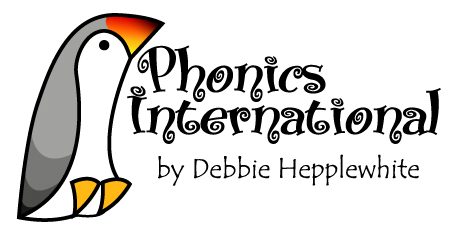OPTIONAL ACTIONS
We appreciate any feedback you provide about these OPTIONAL ACTIONS for young beginners – positive or negative!
Your findings and your views are very important to us as we continue to develop the Phonics International programme for users in a variety of situations.
Please click HERE to access the guidance sheet about ‘mnemonic systems’.
Please click HERE to access the PDF ‘actions’ file for Units 1 to 5.
[NOTE: There are two substitute pages at the end of the pdf file to address pronunciation differences: ‘o’ as in ‘octopus’ and ‘ue’ as in ‘barbecue’ – for example, for the USA and Canadian accents.]
Please click HERE to access a Word document of a sample letter for early years teachers to send home to parents about the ACTIONS resource. Adapt this letter as appropriate to your needs.
GUIDANCE FOR USE OF THE OPTIONAL ACTIONS:
It is recommended that you use your printer settings to print this resource in half size (2 pages per A4 sheet).
This resource is designed to be particularly suitable for teachers in pre-school and early years settings TO SEND HOME to inform the parents and to enable home-use activities.
The OPTIONAL ACTIONS resource is designed with two main elements:
1) Information is provided for the adult (teacher and parent) in the bottom right section. This includes the description of the ‘action’ and any additional information about the alphabetic code.
2) Material is provided for the learner to learn the letter/s-sound correspondences and to apply this new learning to blend the cumulative words (cumulative words from ‘p’ as in ‘pan’). The grapheme tiles (letter tiles) can also be used as part of the spelling process – see ‘suggestions’ below.
SUGGESTIONS FOR USE:
The focus grapheme (letter or letter group) and key picture are provided as ’tiles’ which can be cut out for ongoing use:
finger trace the letter/s in the direction you would ‘write’ them and say the sound
match the letter/s to their key picture and say the sound extracted from the picture word (colouring the key picture may help learning)
the picture word may provide new vocabulary to learn
the adult can make words from the growing bank of grapheme tiles for the learner to blend
the grapheme tiles can be used to spell words once the sounds have been identified (say the word to be spelt VERY slowly, the individual sounds will ‘pop out’; tally the sounds on the left hand, palm facing, starting with thumb, then fingers)
Printed words of different lengths are provided to rehearse the sounding out and blending skill. This process can be modelled by the adult until the learner can say the sounds and begin to hear the words independently.
